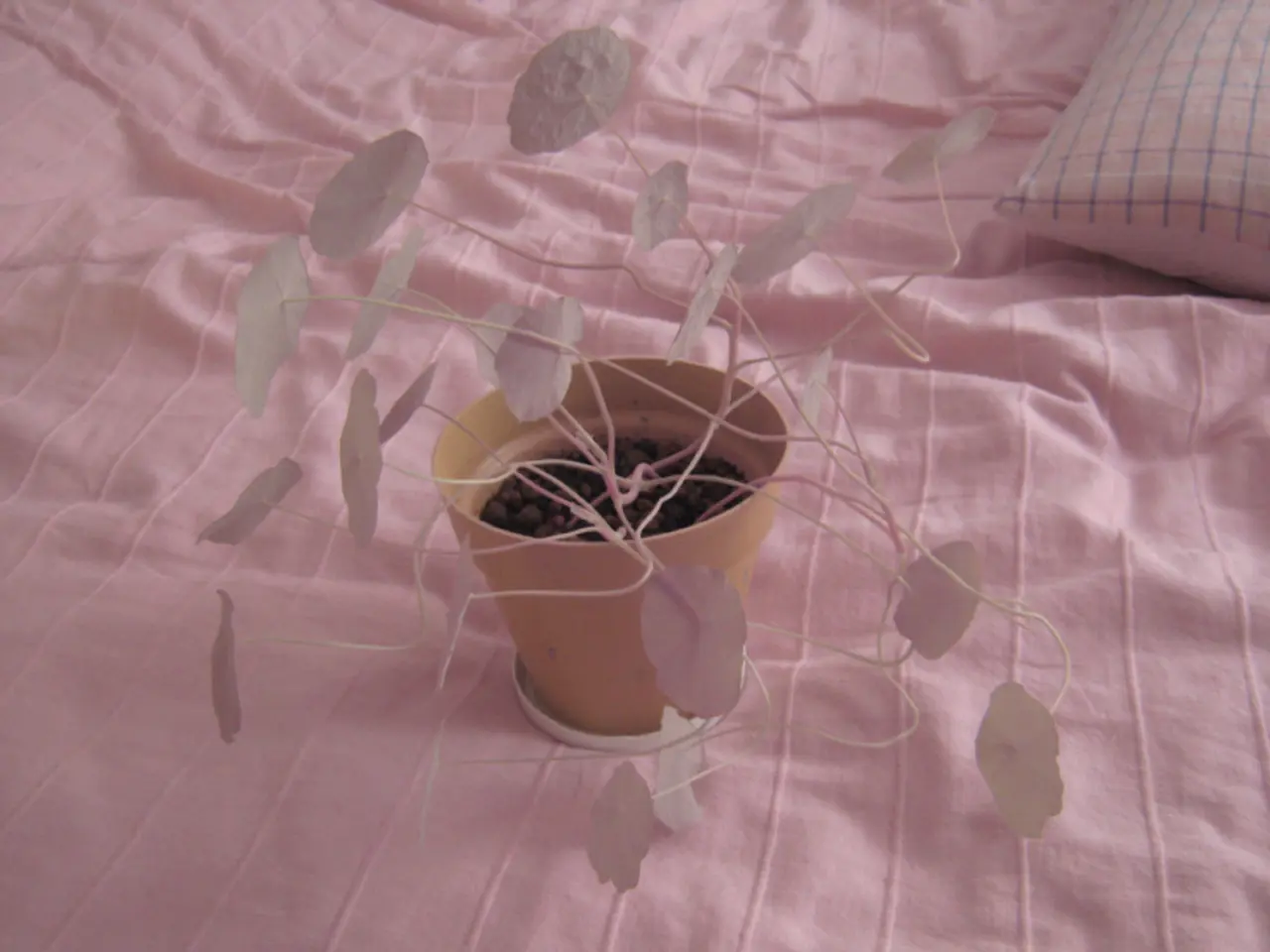Designing a Flower Bed from Scratch: Simple Methods for Creating Your Own Garden Bed Easily
**Preparing a Vibrant Flower Bed: A Step-by-Step Guide**
For those looking to create a colourful and diverse flower bed, here's a comprehensive guide to help you get started.
**Step 1: Site Preparation and Soil Digging**
Select a suitable location for your flower bed, ensuring it receives ample sunlight for most flowering plants, or partial shade if you plan to grow shade-tolerant species. Remove existing grass, weeds, rocks, and roots by digging the soil to a depth of at least 12 inches for annuals and 18 inches for perennials, promoting root growth and soil aeration. Level the soil using a rake to create a smooth, even surface, and adjust slope if necessary to ensure the bed is level and well-drained.
**Step 2: Soil Preparation**
Enrich the soil by incorporating organic matter such as compost or well-composted manure. This improves moisture retention and drainage, and a 2-inch layer of compost spread annually on top helps maintain fertility. Optionally, test the soil pH and nutrients to tailor amendments; most flowering plants thrive in slightly acidic to neutral soils.
**Step 3: Choosing Plants for Diverse and Seasonal Color**
Create visual impact by mixing a variety of plant types. Include perennials for long-term structure and repeated blooms, such as echinacea and chrysanthemums. Add annuals for bursts of vibrant color across seasons. Consider bulbs like daffodils and tulips for early spring flowers to fill gaps before perennials emerge. Use color-blocking by planting large groups of the same color or flower type, and plan for continuous blooming by selecting plants that flower successively through the seasons. Include flowering ground covers to fill gaps and add texture, such as creeping phlox or dianthus. For shade beds, choose perennials and shrubs that bloom well in partial shade, like foxgloves, irises, or primroses.
By combining thorough soil preparation with a thoughtfully chosen mix of plants that bloom at different times and thrive in your conditions, you can create a flower bed rich in diverse, seasonal color year-round. Regular addition of organic matter and maintenance will sustain soil health and plant vitality over time.
Remember to consider the conditions within the bed, personal preference, and seasonal color when selecting plants. After establishing a flower bed, you may choose to transition to a no-till method for healthier plants and better soil management. Themed plants or those with similar color palettes are popular for creating a cohesive look in a flower bed, and small flowering trees or shrubs can provide both beauty and food for native wildlife.
Happy gardening!
- To enhance your home-and-garden lifestyle and create a flourishing home-and-garden space, consider implementing a themed flower bed with a diverse range of plants, including perennials, annuals, and bulbs that offer seasonal color and thrive in the chosen location.
- As you further explore the world of gardening, consider moving towards a no-till method for your flower bed, which can promote healthier plants and improved soil management over time, and complement your lifestyle with a sustainable and eco-friendly approach to gardening.




